An ode to our garden peonies, different varieties, and tips on taking care of them.

My obsession with peonies was a slow and quiet journey, a bit gradual. It started with one plant. Then I was gifted another, then I bought some more. Then I found one on the side of the street. Then a friend was moving and she told me I could dig it up (see the yellow one pictured below). Then we made them our wedding flowers. It’s a rough estimate, but I think I currently have only 15. I say only, because I have full intention of growing this number in the years to come. Here is a blog post, written out of love and admiration of our garden peonies.

Varieties
Our garden peonies are a sight to behold, and it’s something I wait for every spring. Their blooms range from white and cover the whole pink spectrum (light, medium, dark), plus speckled, with highlights, and very interesting centers. If you’re lucky enough, you may even find an orange, yellow, or red one. In time (and if we move where we can have more land), we’ll definitely be adding more to our family of peonies. If you want to see the full spectrum of colors, visit this post.
Petals: They can come in single petals, or the lush multiple petals “pom poms” we’re all accustomed to. Additionally, you can find some peonies that have a roundish bulb in the center, which is also gorgeous.
Herbacious vs. Tree Peony: Most of the peonies we know are herbaceous peonies, which have stems that die down in the fall and come back up in spring. Tree peonies have woodier stems that remain intact during the winter, although their foliage falls off.
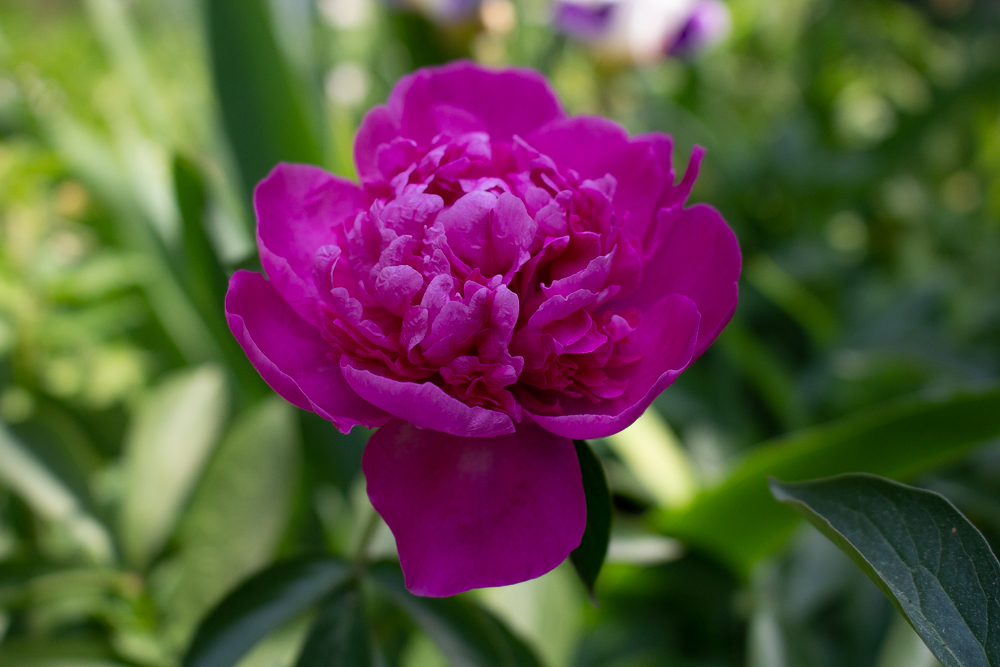
Peony Care
I have to say that I typically just let them do their own thing. There are a few things that I do to make sure they are taken care of in every season.
Fall: once peony leaves turn yellow or brown, cut them down to the ground. Do not pull them up, as you can easily pull up the root adn harm it. If you have to move a peony, this is the best time to move it due to the cooler weather. Just dig up the root and transfer as much of the original soil as you can to the new location. I typically don’t feed them, but a friend of mine suggests feeding it bone meal in the fall for bigger blooms the following year.
Winter: I just mulch with traditional mulch or mowed leaves, to ensure the soil is undisturbed by winter’s extreme elements.
Spring: Keep an eye out for any peony shoots that pop up through the soil. These tend to be very fragile, and can be bumped while walking by so be careful.
Spring/summer: at this point you may have peonies popping up, but with spring also comes torrents of rain. Watch the forecast often and cut some blooms before big rain surges. The stems will naturally curve downwards by the weight of the large flowers, so you may want to either cut them for inside flowers, or tie the stems together and prop them up to keep the blooms from laying on the ground.
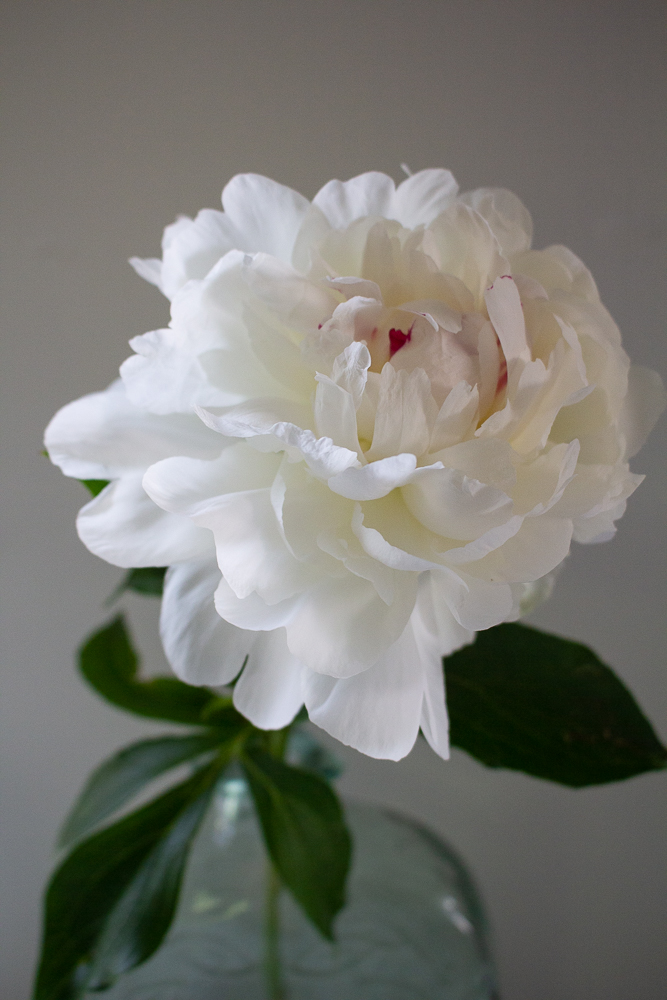
What’s With The Ants?
In late spring, just as the peony buds appear, you will find little ants all over them. They are not harmful, and according to the Farmers Almanac, “they are actually an example of biological mutualism. The peonies provide nectar (food) for the ants; the ants protect the peonies from aphids, thrips, and other non-beneficial insect pests.”
It’s old folklore that peonies need ants to bloom, as they can do it on their own. But it’s a nice myth to think that both peonies and ants get some benefit.
Gallery
Here are the rest of the peonies we’re currently growing (in addition to the previously posted photos above).
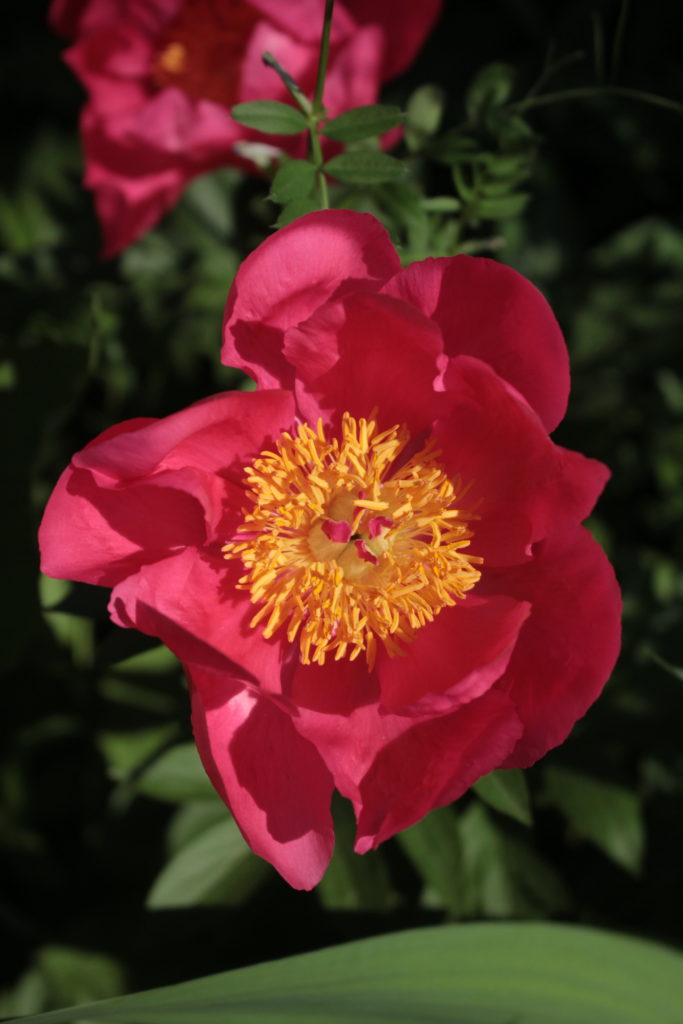
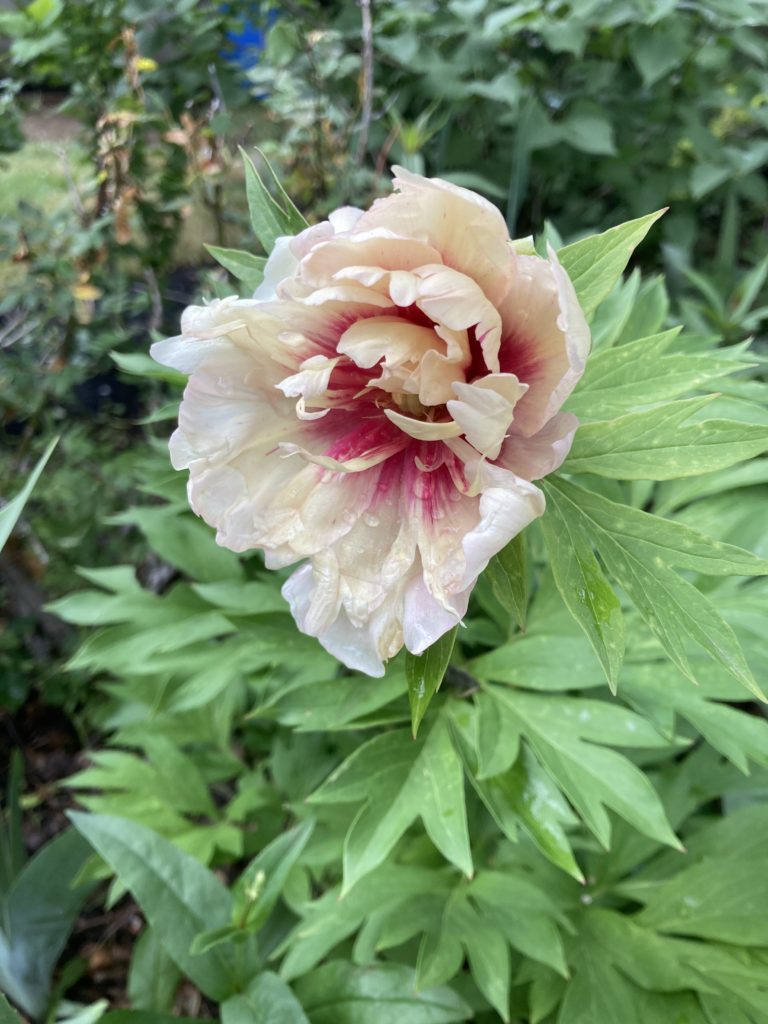
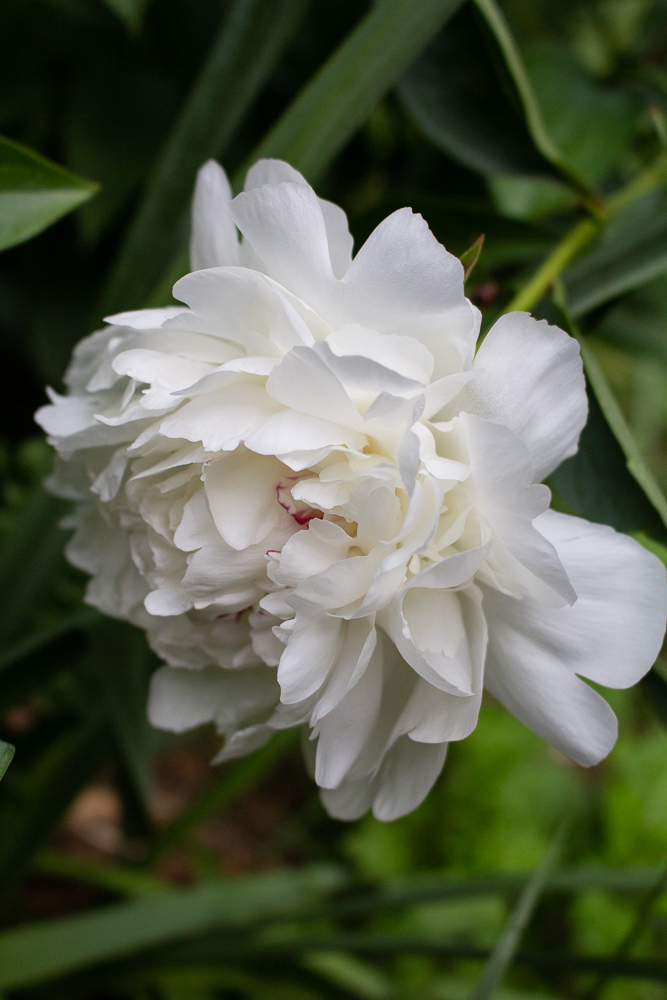

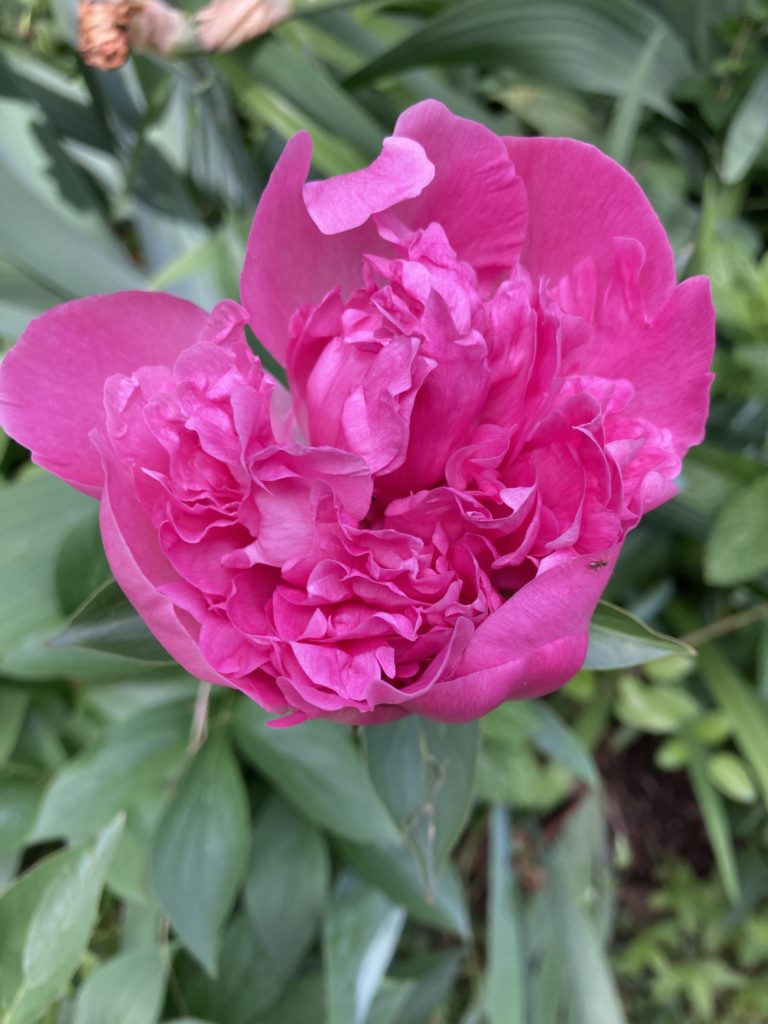
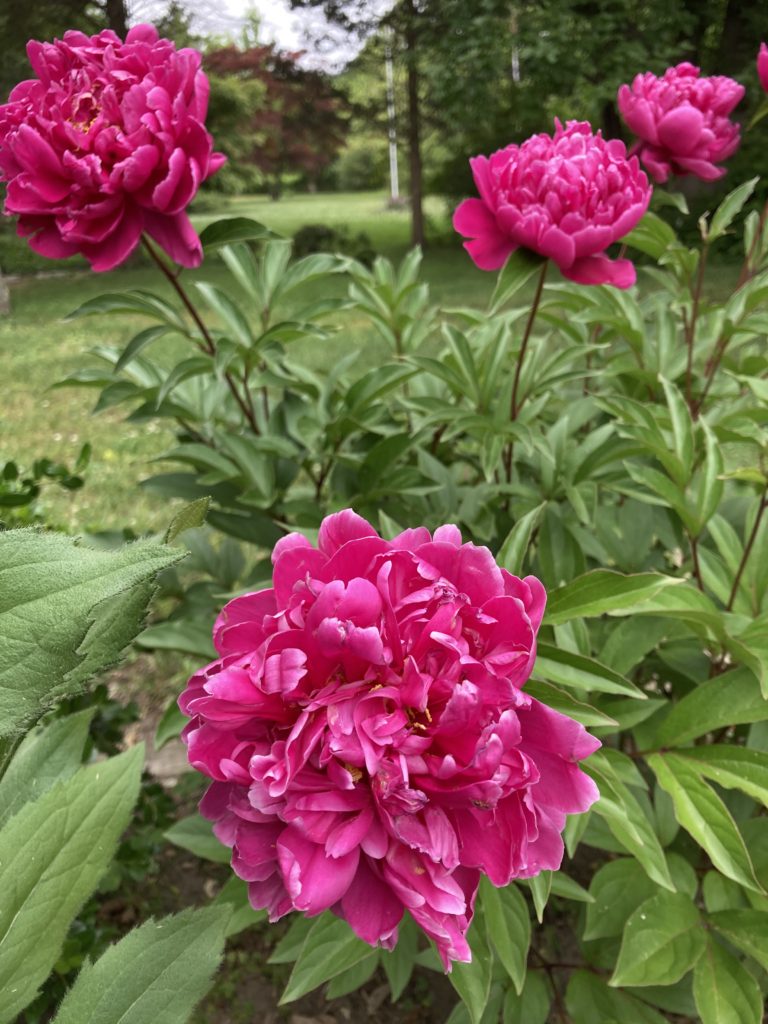

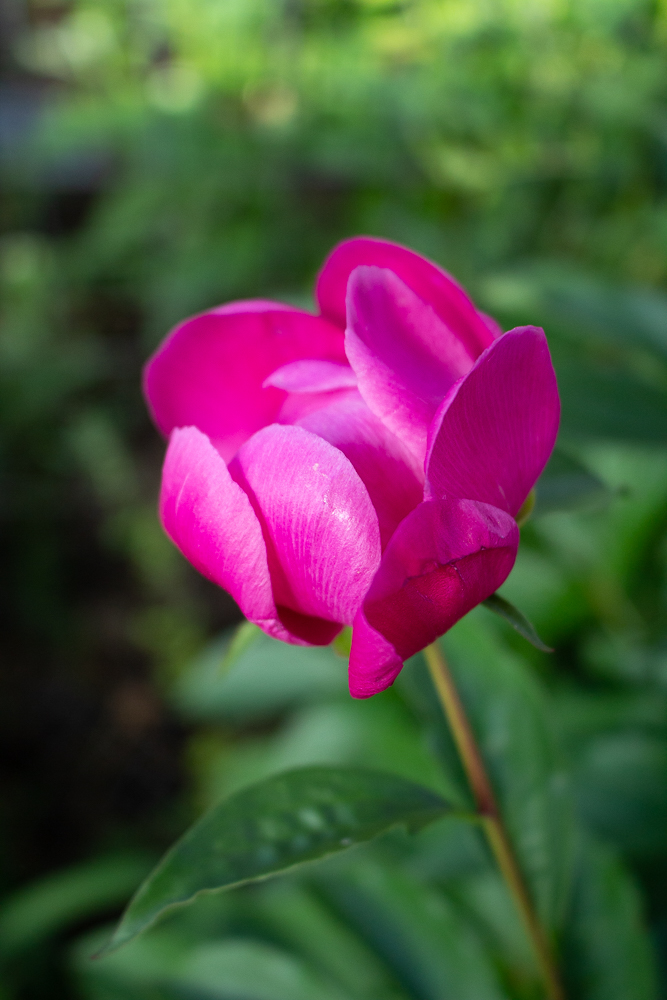


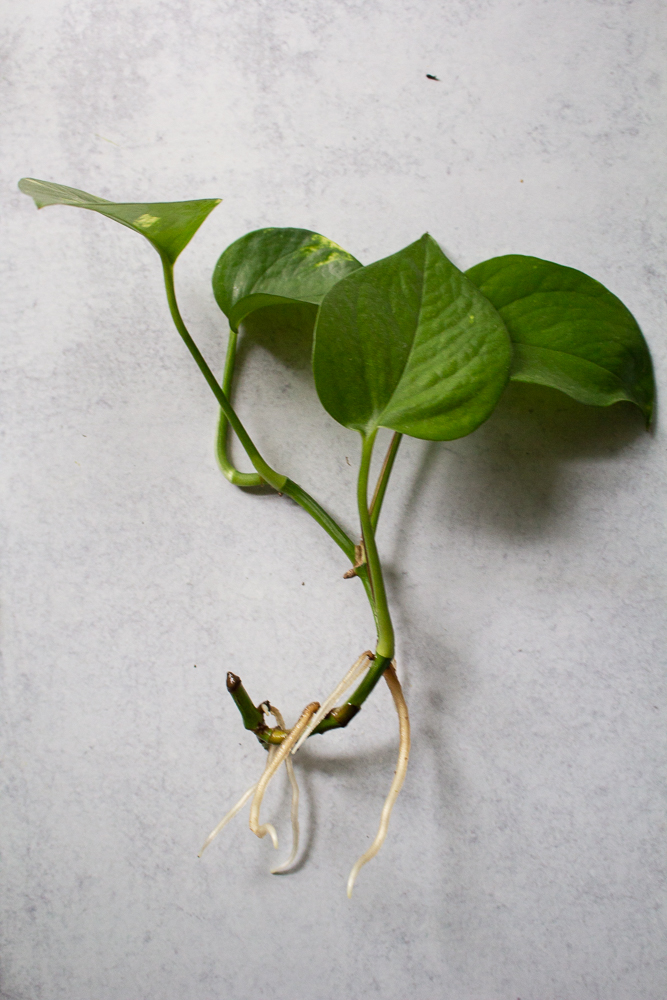
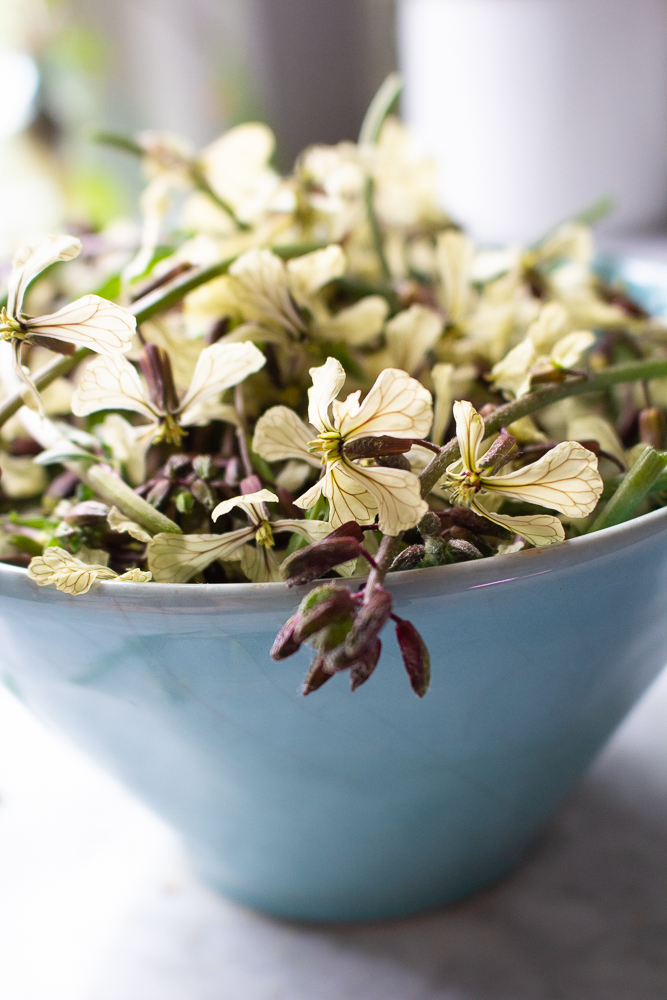

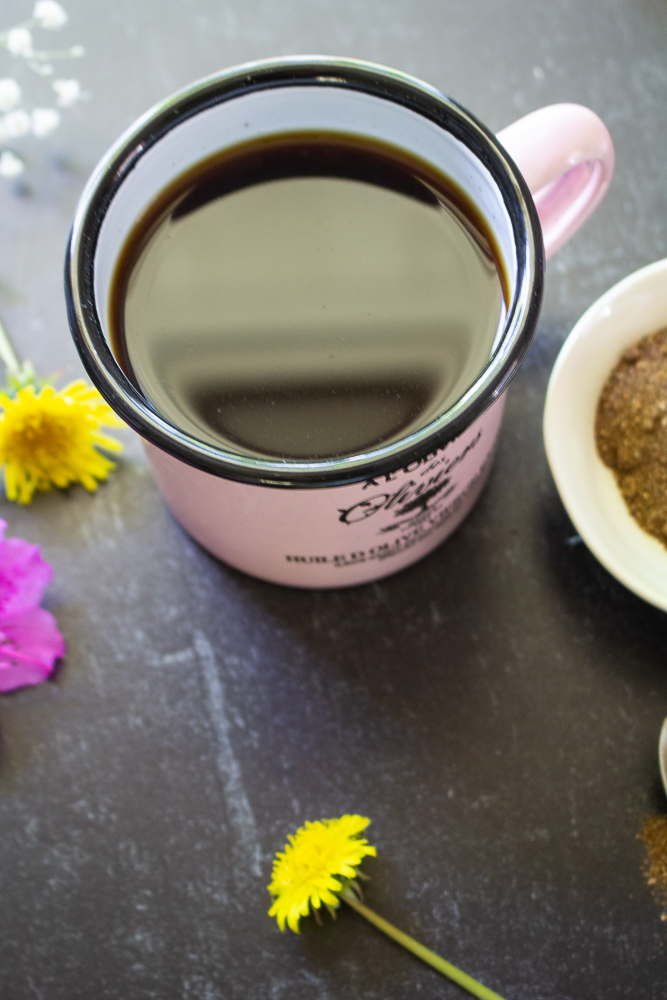
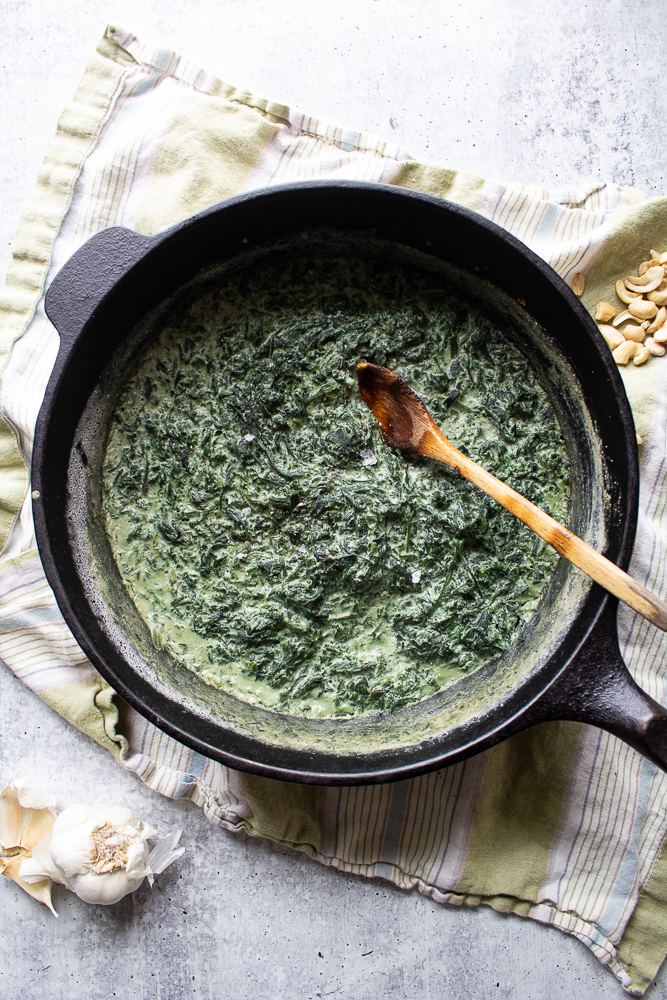
Leave a Reply